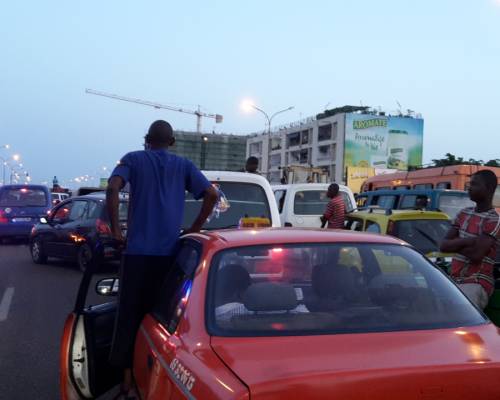RPS Partnership teaches journalists to wait before rushing in after a bomb attack
3 June 2017 - RPS Partnership
We have been running Hostile Environment Awareness Training (HEAT), also named Hostile Environment Training (HET), for many years now and our trainers and consultants are experienced at being caught up in difficult situations where bombs have just gone off. all over the worlds in various regions. Our Chief Operations Officer was in Karachi when bomb went off at the end of the road along which he was driving. Fortunately he knew what to do and diverted his driver to safety.
We train journalists all over the world in Central America, the Middle East and Asia not to rush in after a bomb has gone off as there is often a secondary device. We cover this on our crafted courses, which are designed to build confidence.
The next HET course is in the UK 10-12 July 2017. Click here for more information. Contact us to reserve your place as we are getting booked up fast.
We bring you this story from Reuters and it makes an interesting look at the situation in Kabul from a local journalists point of view, edited.
Getting the story sometimes means slowing down, says the Omar Sobhani in the Reuters Backstory report.
When a massive truck bomb exploded in rush hour in central Kabul Wednesday morning, Reuters journalists rushed to the scene to find bloody victims staggering toward them and smoke billowing from the blast site.
Their mission was clear: transmit photos, video and details to the world as quickly as possible.
That meant waiting.
"First, I had to make sure there wasn't going to be any kind of follow-up attack, which is something that has often happened in the past," said photographer Omar Sobhani, whose picture of a man stretched out before the carnage became one of the defining images of the attack that killed 80 people and wounded 460.
"Once it looked clear, I went towards the blast site," Sobhani added.
The veteran photographer's hesitation is taught in Reuters training given to any journalist assigned to cover conflict, war or danger across the world. Since 2008, some 2,500 journalists have attended Hostile Environment Training where they have learned — among other things — that militant groups often place a second bomb to catch emergency workers, security forces and journalists as they rush to respond to explosions.
Hostile environment courses, where our journalists learn how to stop catastrophic bleeding, study crowd dynamics; all important tools in our mission to supply reliable news and information in the nearly 200 countries that we operate in.
Training journalists to cover danger is not just about living up to the principle that no story is worth dying for. Keeping journalists safe is key to getting the story.
In Mogadishu recently, videographer Abdirahman Hussein and photographer Feisal Omar transmitted video and photographs from the scene of a blast at the Dayah hotel, where an Islamist militant rammed a car bomb through the gates, killing 28 people.
Hussein and Omar put their training into place, hanging back in the immediate aftermath of the explosion. When a second bomb went off 15 minutes later, they were able to rush to the scene to do their jobs and tell the world.
Contact us on [email protected] for more information on HEAT/HET courses. We have male and female trainers who are all qualified trainers and first aid trainers.
Photo: RPS Partnership in Mali


